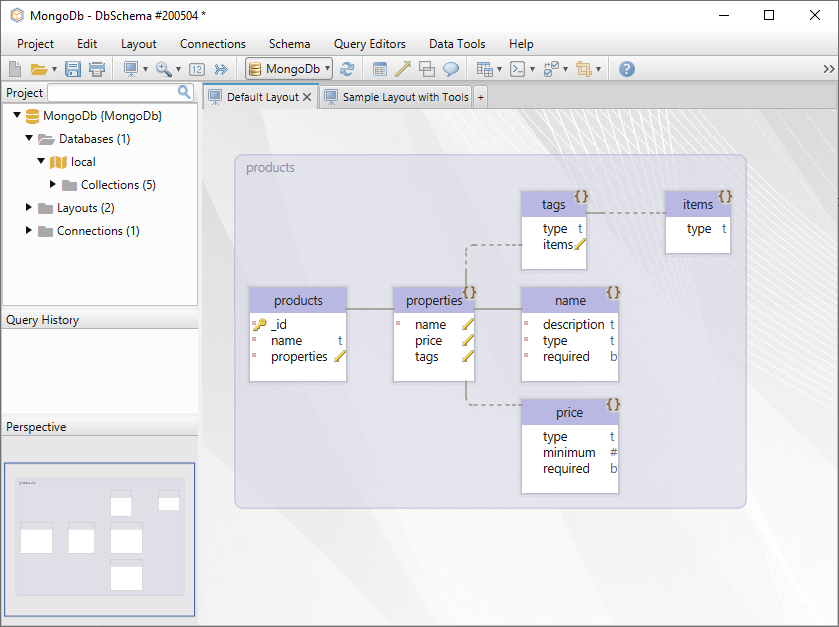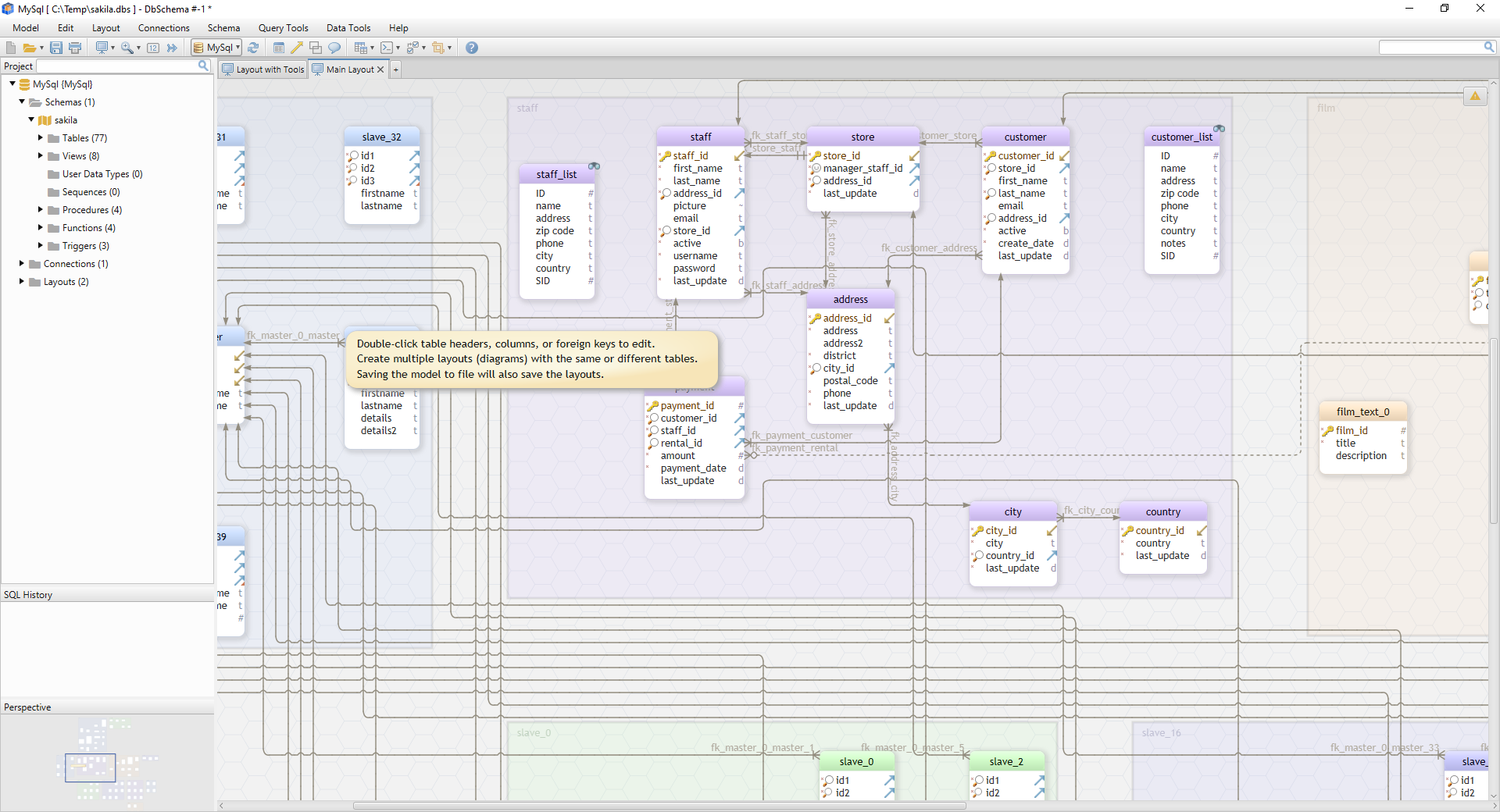

Award winners in several national categories, as well as the EY Entrepreneur Of The Year National Overall Award winner, will be announced at the annual awards gala in Palm Springs, California, on November 15, 2014. Regional award winners are eligible for consideration for the EY Entrepreneur Of The Year National program. Now in its 28th year, the program has expanded to recognize business leaders in more than 145 cities in more than 60 countries throughout the world.

Award winners will be announced at a special gala event on Tuesday, June 17th at the Marriott Marquis. Dwight Merriman was selected as a finalist by a panel of independent judges. The awards program recognizes entrepreneurs who demonstrate excellence and extraordinary success in such areas as innovation, financial performance and personal commitment to their businesses and communities. is a finalist for the EY Entrepreneur Of The Year™ 2014 Award in the New York region. This post was updated in January 2015 to include additional resources and updated links.ĭwight Merriman Named EY Entrepreneur Of The Year™ 2014 Award finalist in New YorkĮY recently announced that Co-founder and Chairman Dwight Merriman of MongoDB, Inc.
#Dbschema mongodb design how to
Next time we’ll see how to use two-way relationship and denormalizing to enhance the performance of these basic schemas. Use a reference to the One-side in the N-side objects if the cardinality is one-to-squillions.Use an array of references to the N-side objects if the cardinality is one-to-many or if the N-side objects should stand alone for any reasons.Embed the N side if the cardinality is one-to-few and there is no need to access the embedded object outside the context of the parent object.What is the cardinality of the relationship: is it one-to-few one-to-many or one-to-squillions?īased on these factors, you can pick one of the three basic One-to-N schema designs:.Will the entities on the “N” side of the One-to-N ever need to stand alone?.So, even at this basic level, there is more to think about when designing a MongoDB schema than when designing a comparable relational schema. This is a good use case for embedding – you’d put the addresses in an array inside of your Person object: > db.person.findOne() When designing a MongoDB schema, you need to start with a question that you’d never consider when using SQL: what is the cardinality of the relationship? Put less formally: you need to characterize your “One-to-N” relationship with a bit more nuance: is it “one-to-few”, “one-to-many”, or “one-to-squillions”? Depending on which one it is, you’d use a different format to model the relationship.Īn example of “one-to-few” might be the addresses for a person.

Just because you can embed a document, doesn’t mean you should embed a document. Many beginners think that the only way to model “One-to-N” in MongoDB is to embed an array of sub-documents into the parent document, but that’s just not true. And in the final part, I’ll review the entire rainbow of choices, and give you some suggestions for choosing among the thousands (really – thousands) of choices that you may consider when modeling a single One-to-N relationship. In the second part I’ll cover more sophisticated schema designs, including denormalization and two-way referencing. In this first part, I’ll talk about the three basic ways to model One-to-N relationships. There’s so much to talk about here, I’m breaking this up into three parts. Let me take you on a tour of your choices in modeling One-to-N relationships. MongoDB has a rich and nuanced vocabulary for expressing what, in SQL, gets flattened into the term “One-to-N”. I don’t have a short answer to this question, because there isn’t just one way, there’s a whole rainbow’s worth of ways. How do I model a one-to-N relationship?” This is one of the more common questions I get from users attending MongoDB office hours. “I have lots of experience with SQL, but I’m just a beginner with MongoDB. By William Zola, Lead Technical Support Engineer at MongoDB


 0 kommentar(er)
0 kommentar(er)
